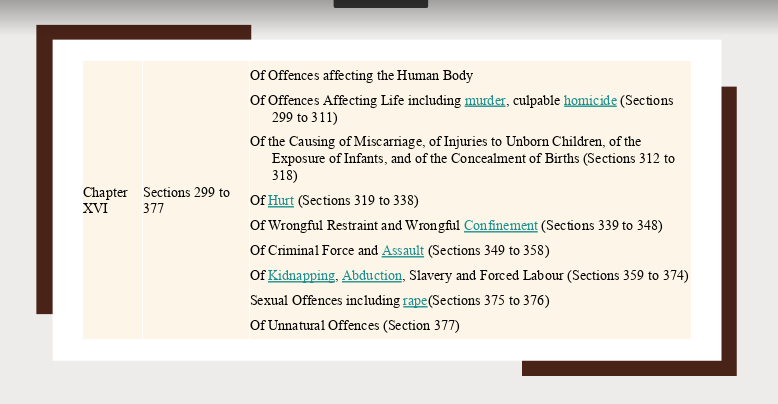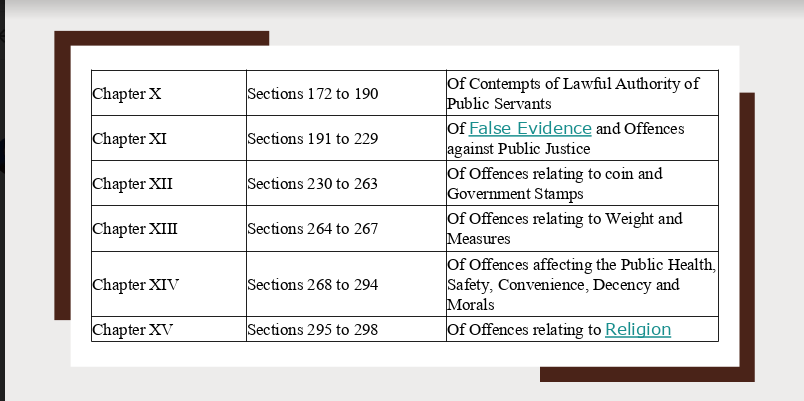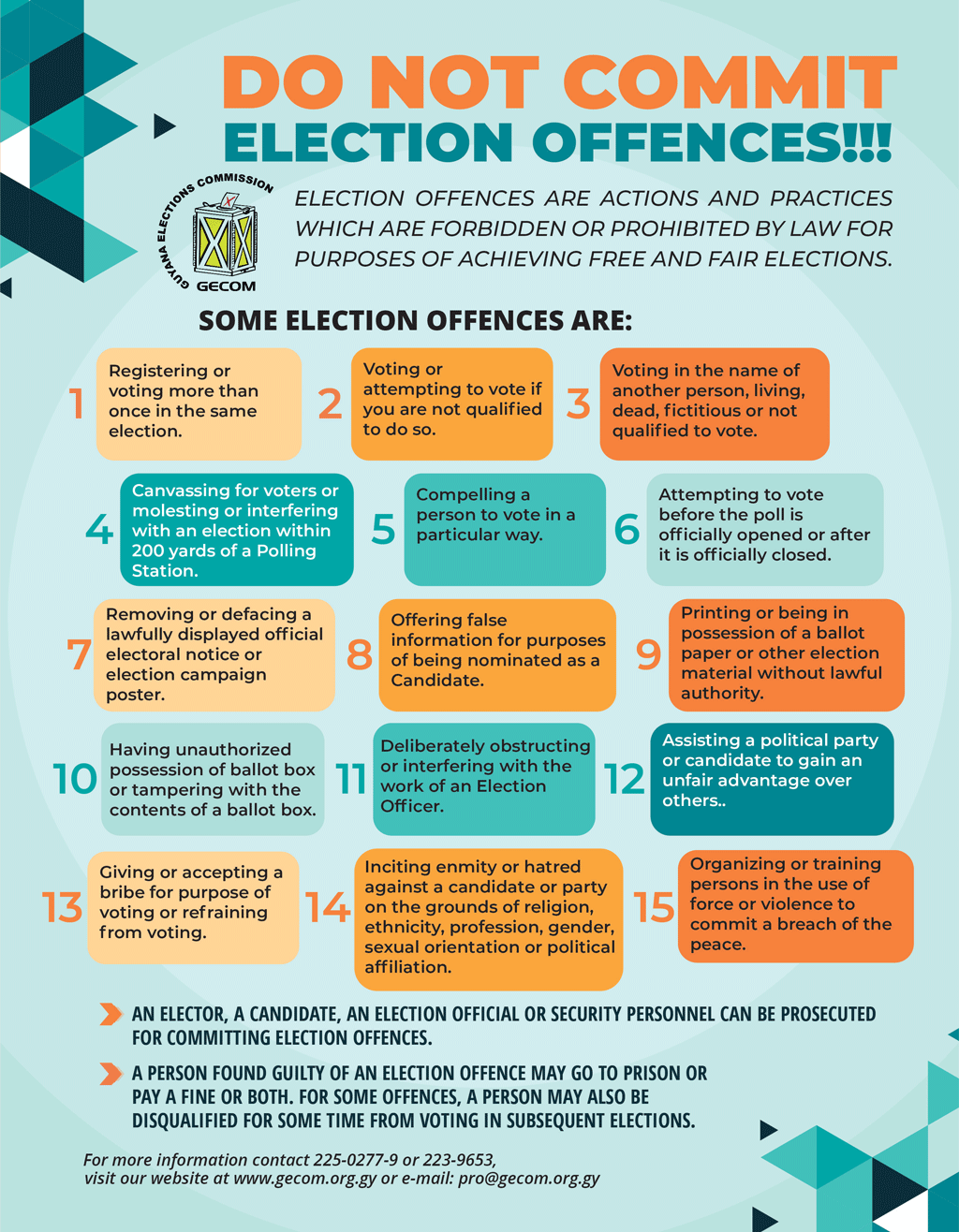Section outline
-

-
Lesson One and Introduction to Basic Concepts of Law of Crime , Criminal Law, and Criminal Administration of Justice
 Course Outcome :
Course Outcome :
After successful completion of the course, it is expected that the students will be able to analyze, explain & adopt knowledge on substantive criminal laws (as said above) in their Law practice with due skills and confidence.
The primary objectives of this course are to:-- Familiarize the students with the key principles of criminal liability as incorporated in the Penal Code.
- Explain the relationship between substantial criminal law and criminal procedure.
- Focus on the balancing of interests of society as well as the accused as done by the Criminal Procedure Code.
- Introduce the basic procedural safeguards as contained in the Code of Criminal Procedure on a commission of a crime.
-

Books Recommended to keep / purchase :
• L. Kabir: Penal Code.
• Stephen: Commentaries on the Law of Indian Penal Code, 1960.
• Ratanlal & Dhirajlal Thakore: Indian Penal Code.
• Fitzgerald: Principles of Criminal Law.
• Glanville Williams: Criminal Law.
• Rattan Lal and Dhiraj Lal, Lexis Nexis ButterworthsWadhwa, 32nd Ed., 2013
Relevant for references:
1. R. C. Nigam, Law of Crimes – Principles of Criminal Law, Vol. 1 (1965)
2. Syed Shamsul Huda, The Principles of the Law of Crimes in British India (1902)
3. Y. V. Chandrachud & V. R. Manohar (ed.), Ratan Lal & Dhiraj Lal’s Indian Penal Code (33rd ed., 2010)
4. K. I. Vibhute (Rev.), P.S.A. Pillai’s Criminal Law (11th ed., 2012)
5. K.D. Gaur, Criminal Law – Cases and Materials (5th ed., 2008)
6. V.B. Raju, Indian Penal Code, 1860, (5th ed., 2002)
7. K.N.C. Pillai & Shabistan Aquil (Rev.), Essays on the Indian Penal Code
8. K.N. Chandrasekharan Pillai, General Principles of Criminal Law (2nd ed., 2011)
-
Objectives and learning insights of the Law of Crimes I
Criminal Law-II has two parts. One part focuses on the general principles of criminal liability and the other on the criminal procedure. The two parts have been thoughtfully designed to provide a clear understanding of the basic principles and procedure in the operations of criminal law and their role in preventing crime and promoting justice.
The primary objective of criminal law is to maintain law and order in society and to protect the life and liberty of people. It is for this reason that the people place their ultimate reliance on this branch of law for protection against all injuries that human conduct can inflict on individuals and institutions. Due to these reasons, the penal law cannot afford to be weak, ambiguous or ineffective. Nor can it be harsh and arbitrary in its impact. The application of criminal law has to be uniform regardless of any discrimination on grounds of class, caste, religion, sex or creed etc. of either the criminal or the victim. The subject of Criminal Law-II has been so designed as to generate critical thinking among the students about the stated objectives of criminal law and enable them to scrutinize the recent developments and changes that have taken place in the field.
The Code of Criminal Procedure contains the machinery for the investigation of crime, apprehension of suspected persons, and the imposition of suitable punishment on the guilty. It is further aimed at trying to provide a balance between the needs of the investigating and adjudicatory bodies to detect crime, maintain law and order, and the rights of the accused. With the increasing complaints regarding abuse of powers of arrest by the police, custodial torture and death, denial of bail, etc., the course particularly focuses on investigation, arrest, bail and principles of a fair trial. The provision relating to plea bargaining has been included in the course not only because it is new but also to critically examine the operations under the criminal law which may be oppressive unless all the stakeholders are equally positioned.The principle of mens rea has undergone change with increasing recognition of the distinct nature of socio-economic offenses and the need to deal with them differently. The distinction between a mistake of fact and mistake of law and exclusion of mistake of law as a defense is basic to criminal law practice. It further belies the principle of men's rea by imposing liability on people who had no knowledge or intention to commit an offense. In direct contrast is the right of private defense which arises from the natural instinct of self-preservation where the state protection is not available but has certain well-defined limits on its operation. The principle of group liability has acquired added importance with the increase in organized crime and communal violence. A clear understanding between preparation, attempt, and commission of a crime is indispensable before imposing criminal liability. State’s right to prevent people from taking their own lives, as much as it prevents them from taking the lives of others is definitely a great concern to discuss.
-
Lesson Three :Conceptions of Crime and relevant terms and meaning with takin some insights from History of Criminal Justice in South Asian Countries and the reflection

-
We will discuss certain terms of crime and its elements
The key contents of the Law of Crimes II, will cover the with mentioning and highlighting discussion on some important topics:
Introduction to Law of Crime:
Crime and Civil Injuries,
Constituents of Crime,
Actus Reus, Mens rea,
Concurrence between Actus Reus and Mens rea,;
General Principles of criminal liability:
Principle of Legality,
Corporate liability,
Vicarious liability especially referring to Sec. 34, 114, 149 of Penal Code, Strict liability;
General exceptions:
Judicial Acts, Mistake of Fact,
Defense of Accident,
Defense of Necessity,
Defense of Minority,
Defense of Insanity,
Defense of Intoxication,
Consent;
Punishment:
Its Objects and Limits.
Some Crimes and False Evidence:
Abetment,
Criminal Conspiracy,
Giving False Evidence,
Fabricating False Evidence,
The most important offenses Against the State and other Public Interests:
Offences against State,
Unlawful Assembly and Offences Relating to it, Rioting, Affray;
And few additional topics which we will add according to the needs of discussions, sharing and caring
Pre-Modern Criminal Justice System in Bangladesh
1. Criminal Justice in the Sultanate period
2. Criminal Justice in the Moghul era
3. Criminal Justice during the company rule in the nineteenth century
Evolution of Modern Criminal Justice System in Bangladesh
1. The nature of colonial criminal justice in Bengal
2. The Penal Court of 1860
3. The English Common Law Tradition
4. Criminal justice during the Pakistan period (1947-1970)Constituents of Crime, Actus Reus, ens rea, the on-Law principle of actus non facit reum, nisi mens sit rea and exceptions to this principle - Strict Liability Offences, concurrence between Actus Reus and Mens rea
-
-
Highlighted

-
-

-

LIVE CLASS VIDEOS: SMSHLAW313PC26062020
-

-

-
Introduction
Peace and tranquillity are the prerequisites for development in society. If there is disorderliness in society or any other hindrance of like nature, the society cannot provide to the individual, the opportunity to grow and develop to their full potential, hence the maintenance of peace and tranquillity is a must for every society and nation as a whole.
Offences against the public tranquillity are the offences against not only a single person or property but against the society at large. These kinds of offences are committed by the group of people sharing a common intention to disturb the peace and tranquillity of an area thus affecting the whole society. It is important to study these offences so that they could be curbed.
Maintenance of Public Peace
Peace and morality are the basis on which the base of a society is held, hence their protection is of prime importance, otherwise, the very foundation of the society would be endangered, which will, in turn, hinder the progress of the individuals.
It is the duty of the state to maintain public peace and order. It is even present in Section 23 of the Police Act, 1861 to maintain order in the public roads and public places. In fact, it is an offence to cause inconvenience, obstruction, annoyance, risk danger or damage to the public order or peace and further Section 34 of the Police Act, 1861 makes the police responsible for maintaining public tranquillity and punish anyone committing an offence. Hence public order means that the actions of the individual should not impinge the public peace or cause any kind of inconvenience to any other person.
Public Offences
Under IPC chapter eight deals with public offences. These offences could be categorized into four:
Unlawful assembly;
Rioting;
Enmity amongst different classes;
Affray.
Furthermore, Chapter X of the Criminal Procedure Code 1898 gives legal guidelines for the maintenance of public peace and order and also delineates duties, responsibilities, functions, and power of the Executive and the Police in this matter.
-
-

-
-
-
Class record for Fall 2020








